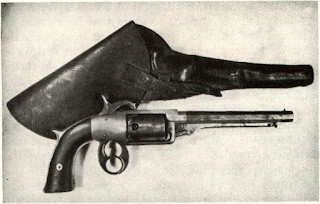Less successful with the Government was another
Freeman offered through Williams on June 7, ,
Apparendy the inventor was a man of no mean
Freeman offered through Williams on June 7, ,
Apparendy the inventor was a man of no mean


Comments
Post a Comment